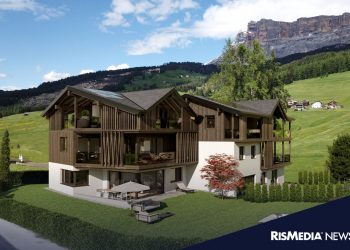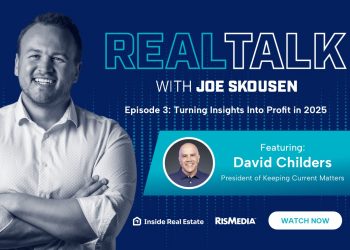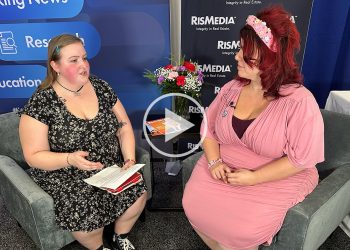William Raveis Real Estate recently set a new precedent for green building standards by selling the first home retrofitted to a passive house on the East Coast, and perhaps the entire country. The home, at a spacious 3,800 square feet, is located in Westport, Conn.
 Passive houses are completely airtight and require only 10 percent of the heat needed in a standard home. Passive houses are a brand new concept in the United States, but popular in Europe. The passive house standard is the most rigorous in the world and is administered by the PassivHaus Institute in Darmstadt, Germany. PassivHaus Institute, founded by Professors Bo Adamson of Lund University, Sweden and Wolfgang Feist of the Institute for Housing and the Environment, was created in 1996. Since that time, only 32,000 passive homes have been created worldwide, most in Austria, Germany and other parts of Europe.
Passive houses are completely airtight and require only 10 percent of the heat needed in a standard home. Passive houses are a brand new concept in the United States, but popular in Europe. The passive house standard is the most rigorous in the world and is administered by the PassivHaus Institute in Darmstadt, Germany. PassivHaus Institute, founded by Professors Bo Adamson of Lund University, Sweden and Wolfgang Feist of the Institute for Housing and the Environment, was created in 1996. Since that time, only 32,000 passive homes have been created worldwide, most in Austria, Germany and other parts of Europe.
Receiving PassivHaus recognition is a lengthy process, which adheres to several core principles. A home must have proper solar orientation, be airtight, super insulate, have no thermal bridges and circulate fresh air through ventilation machines. These processes result in an extremely comfortable living environment, with temperatures remaining at 72 or 73 degrees Farenheit year-round. In addition, occupants need not worry about outside noise, which is barely noticeable due to the super insulation.
Doug Mcdonald, designer and developer with Green Muda LLC, purchased it in 2010 with the help of William Raveis listing broker, Jeanette Dryburgh. In less than one year, Mcdonald worked to renovate the home to achieve PassivHaus Institute standards. He stresses the incredible improvement in quality of life that can be attained in a passive house. “PassivHaus has created a modern building standard that has been consistently refined and the result is thermal protection from the elements. All the elements, hot, cold, rain, ice, snow. My daily experience living in a passive house is truly amazing. On the outside, passive houses are no different than conventional buildings, but on the inside, they are a lot more comfortable.”
Mcdonald says “It is important to save architecturally important houses. This house was originally built for Oscar Levant in the 1930’s by architect Barry Bryne, who was one of Frank LLoyd Wright’s proteges.”
Bill Raveis, CEO of William Raveis Real Estate strongly believes in providing some of the most unique properties to clients. “This incredibly comfortable, high performance structure was something we thought would be very appealing to clients,” says Raveis. “As a company that continues to innovate with technology, it was only natural for us to support the most original standard for green technology in home-building. We believe this is only the beginning for passive houses in the northeast and throughout the country.”
Mcdonald is also enthusiastic about spreading the benefits of passive houses to the public. He has held several public speaking engagements describing the benefits to building to the PassivHaus Institute standard. His talk “What is so special about a Passive House” was nominated for the TED Talks conference. For inquiries on passive house standards and technology, or more details on how Mcdonald achieved the standard in his home, contact Doug Mcdonald at doug@greenmuda.com.
For more information, visit raveis.com or blog.raveis.com.










